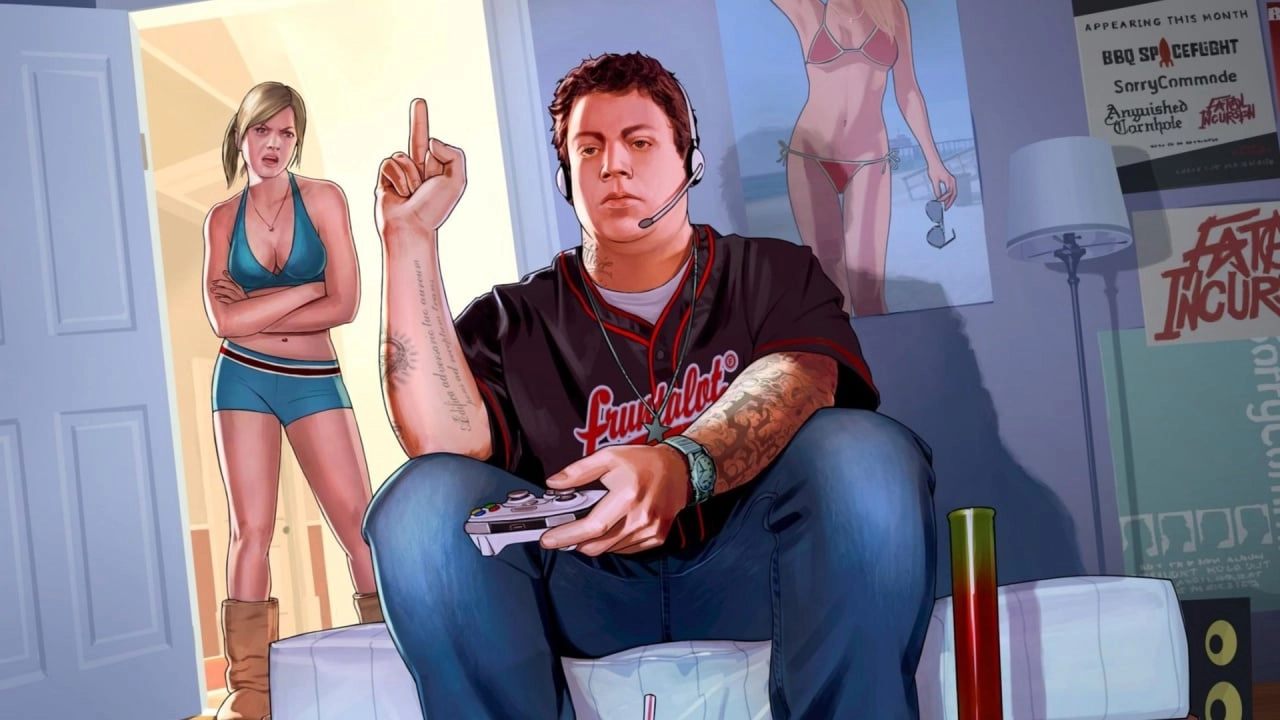
The pricing of video games — an already controversial topic — recently rose to prominence once more when Take-Two Interactive CEO Strauss Zelnick explained his company's approach. Using an algorithm, Strauss takes into account various factors such as per-hour value, expected entertainment usage, and the perceived terminal value of owning the game, among others. His statement during a Q2 2024 earnings call provides a rare peek into the complex considerations that go into determining strategic prices.
Zelnick's philosophy is fascinating, considering the ever-increasing subscription service prices across multiple media platforms. While he acknowledges this trend, Zelnick asserts this has "nothing to do with our business". Rather, at Take-Two, pricing is almost scientific, calculating the value customers currently receive from games using a complex algorithm. This formula takes into consideration the expected entertainment usage of the game, calculated by the per-hour value multiplied by the expected number of hours. It also accounts for the perceived terminal value by the consumer if the game is owned and not rented or subscribed to.
But what does this mean in practice, and how does it equate to actual value for the gamer?
Zelnick admits that the algorithm is complex, but highlights one key outcome - the perceived value of game ownership, particularly of top-tier games like the Grand Theft Auto series. Drawing on the anticipation and deep engagement these games nurture, Zelnick suggests that the true value of owning such titles could justify a higher upfront cost. Precisely because these games offer many hours of engagement, their frontline prices, according to Zelnick, are still "very low."
This pitch of high engagement value might resonate with gamers who have poured hundreds of hours into a single title. For instance, Civilization VI, a game that can be replayed for countless hours. Players who knew they would invest so much time in the game might not balk at a higher initial price.
Yet the crux of the matter still remains — few consumers know ahead of time just how much they will enjoy a game or how many hours they will dedicate to it.
Zelnick, however, remains committed to his philosophy, aiming to offer "much more value than what we charge consumers." He highlights the rarity of price increases in the industry and insists that Take-Two offers a terrific value to its consumers. This was seen when the price for certain frontline products increased to $70, which was the first increase in many years.
The discussion on Zelnick's views on entertainment pricing invites gamers to consider how much they would be willing to spend on anticipated games, factoring in the potential hours of engagement they offer. Also, it puts into perspective the few price increases that have happened in the industry over the years.
Like any philosophy, this view on entertainment pricing is bound to generate debate. Whether it paves the way for a new pricing strategy in the gaming industry remains to be seen. It does, however, offer an insight into the mind of an executive of a leading gaming publisher and his commitment to delivering value for gamers.
You must be logged in to post a comment!